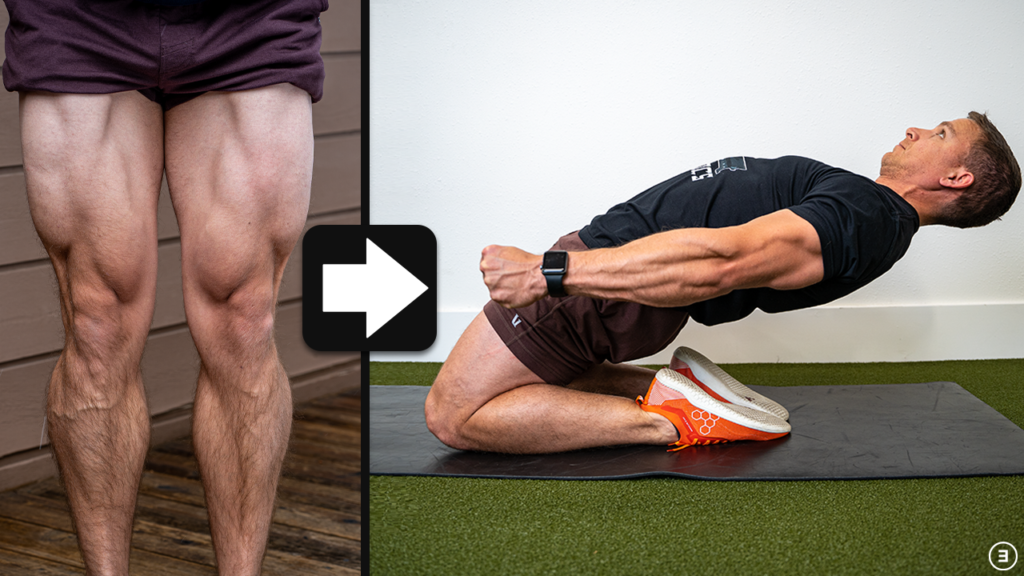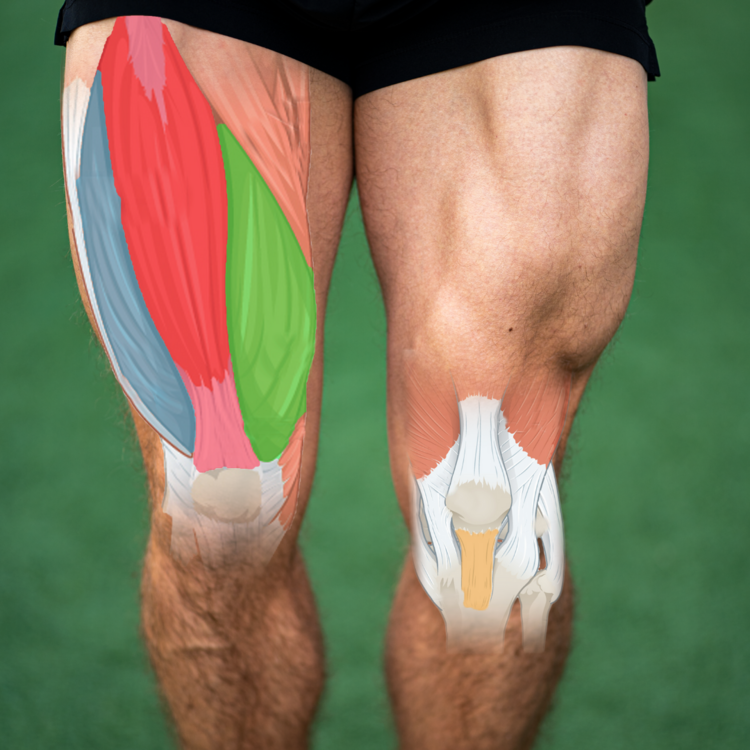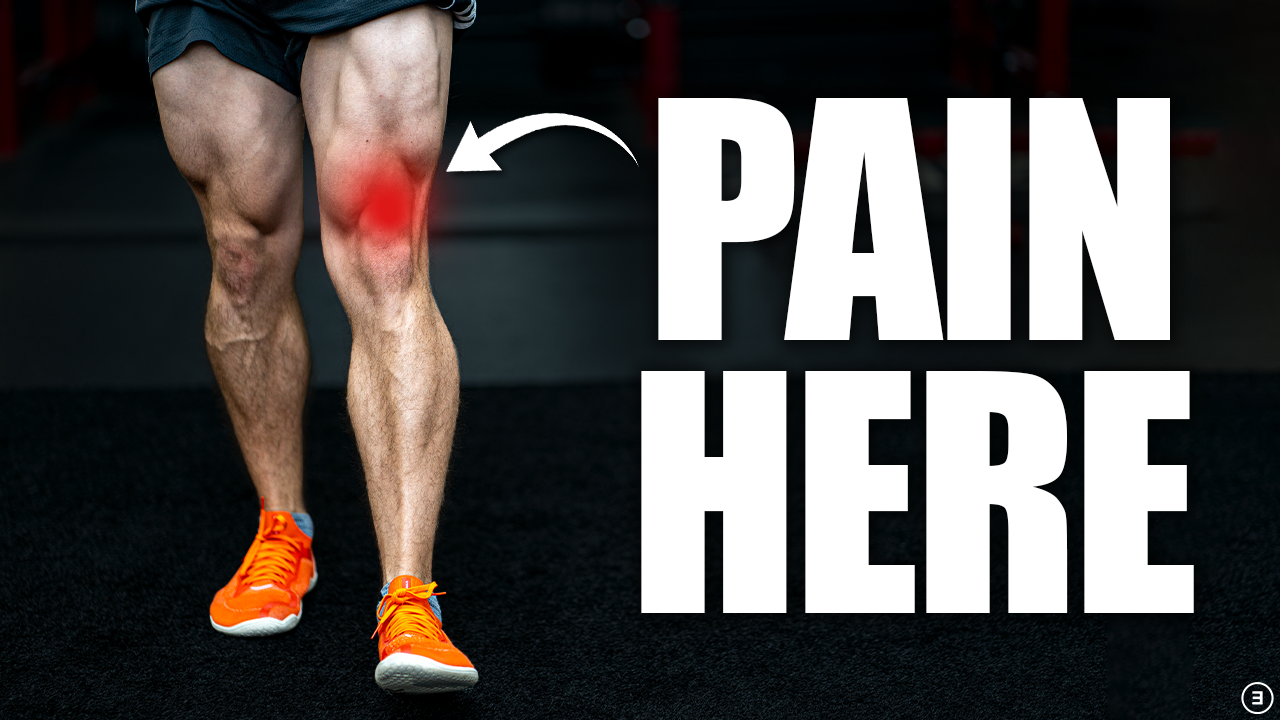In this blog, I show you how to safely set up, perform, and program reverse nordics, and provide you with progressions, regressions, and alternatives to help you meet your goals.
Looking to improve your strength, range of motion, and power to enhance your function and performance? Check out our Knee Resilience program!

Quadriceps Anatomy & Function
First, a quick review of anatomy.
The quads consist of 4 muscles – the vastus medialis on the inside of the thigh, the vastus lateralis on the outside of the thigh, the vastus intermedius deeper in the middle of the thigh, and the rectus femoris that sits over the top. All four muscles insert on the tibial tuberosity via the patellar tendon and act to extend, or straighten, the knee.
The three vasti muscles originate from the thigh, whereas the rectus femoris originates up at the hip. Therefore, the rectus femoris also flexes the hip.
You should consider including reverse nordics in your training routine if you have 1 of 2 goals.
Goal #1: Maximizing Quad Strength and Hypertrophy
Most people are aware that if you want to increase the strength and size of your quads, you should incorporate exercises like squats, split squats, lunges, and leg presses because they involve knee extension, which is the primary action of the quads.
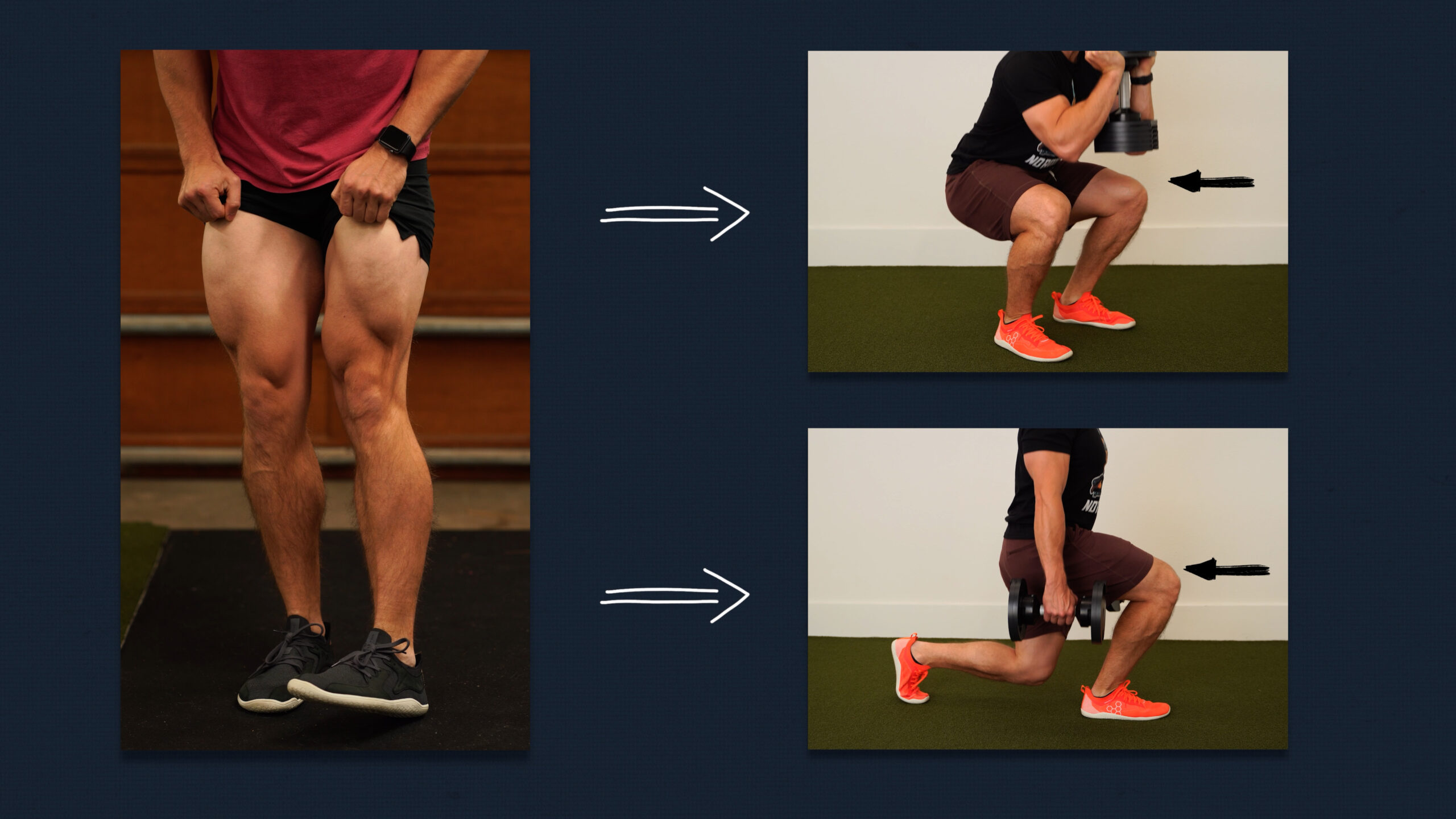
However, research by Ema et al in 2016, Vigotsky and Bryanton in 2016, and Kubo et al in 2019 demonstrates that the rectus femoris provides little contribution to compound movements that require simultaneous knee and hip extension because it is different than the three vasti muscles in that it originates from the hip and is a hip flexor.
Therefore, maximizing quad strength and hypertrophy requires multi-joint exercises like squats in which the hips and knees are extending, as well as single-joint exercises like seated leg extensions or reverse nordics in which only the knees are extending.

Two benefits of reverse nordics are that no expensive equipment is needed and they preferentially train the rectus femoris in its lengthened, or stretched, position which may be advantageous for hypertrophy.
Goal #2: Quad Strain Rehab / Reducing Risk of Injury
Goal #2 would be related to rehabbing or reducing the risk of quad strain injuries.
Based on its anatomy and function, the rectus femoris is the most commonly injured of the quadriceps muscle group. Injuries usually occur during sprinting or kicking, which is why soccer players are most affected, women more so than men.
Although no direct studies have been conducted to assess the ability of reverse nordics to prevent or rehab injuries, a paper by Alonso-Fernandez et al in 2019 found that reverse nordics lead to several beneficial adaptations, including a significant increase in muscle fascicle length. Essentially, think of reverse nordics as causing the rectus femoris to get stronger and longer, which may be useful for these types of injuries.

How To Set Up Reverse Nordics
Prior to initiating the exercise, determine if you’re able to sit back on your heels without pain.
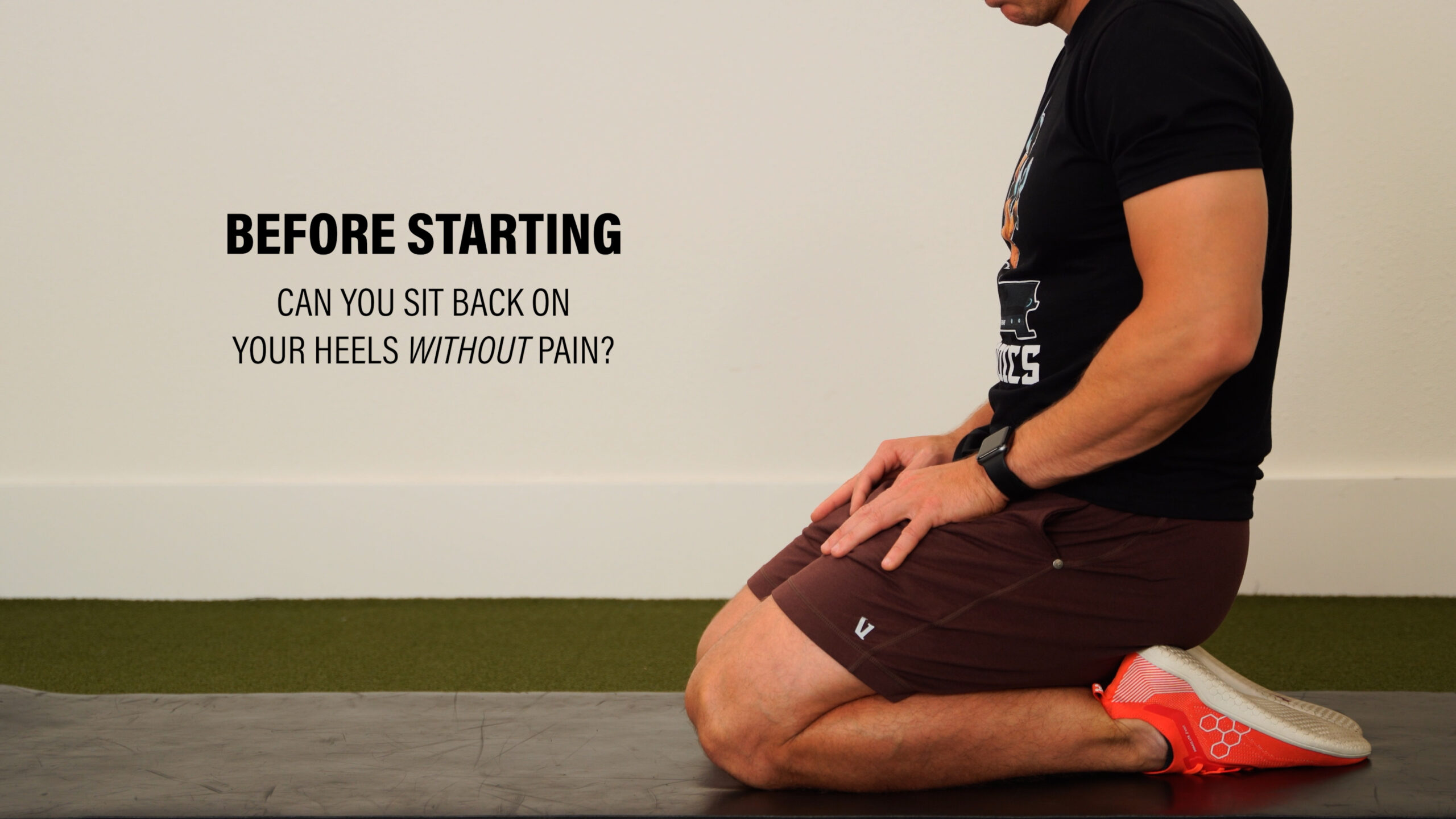
If you (1) can’t kneel comfortably, (2) achieve full, pain-free knee flexion range of motion, or (3) put weight through the top of your feet and ankles in a plantarflexed position without significant discomfort, you likely want to work on those prerequisites first.

Other than that, the set up for the reverse nordic is pretty straightforward. Kneel on a soft surface, such as a pad, pillow, or towel, with your knees roughly hip width apart or greater. A soft object may be placed under the ankles for additional comfort.

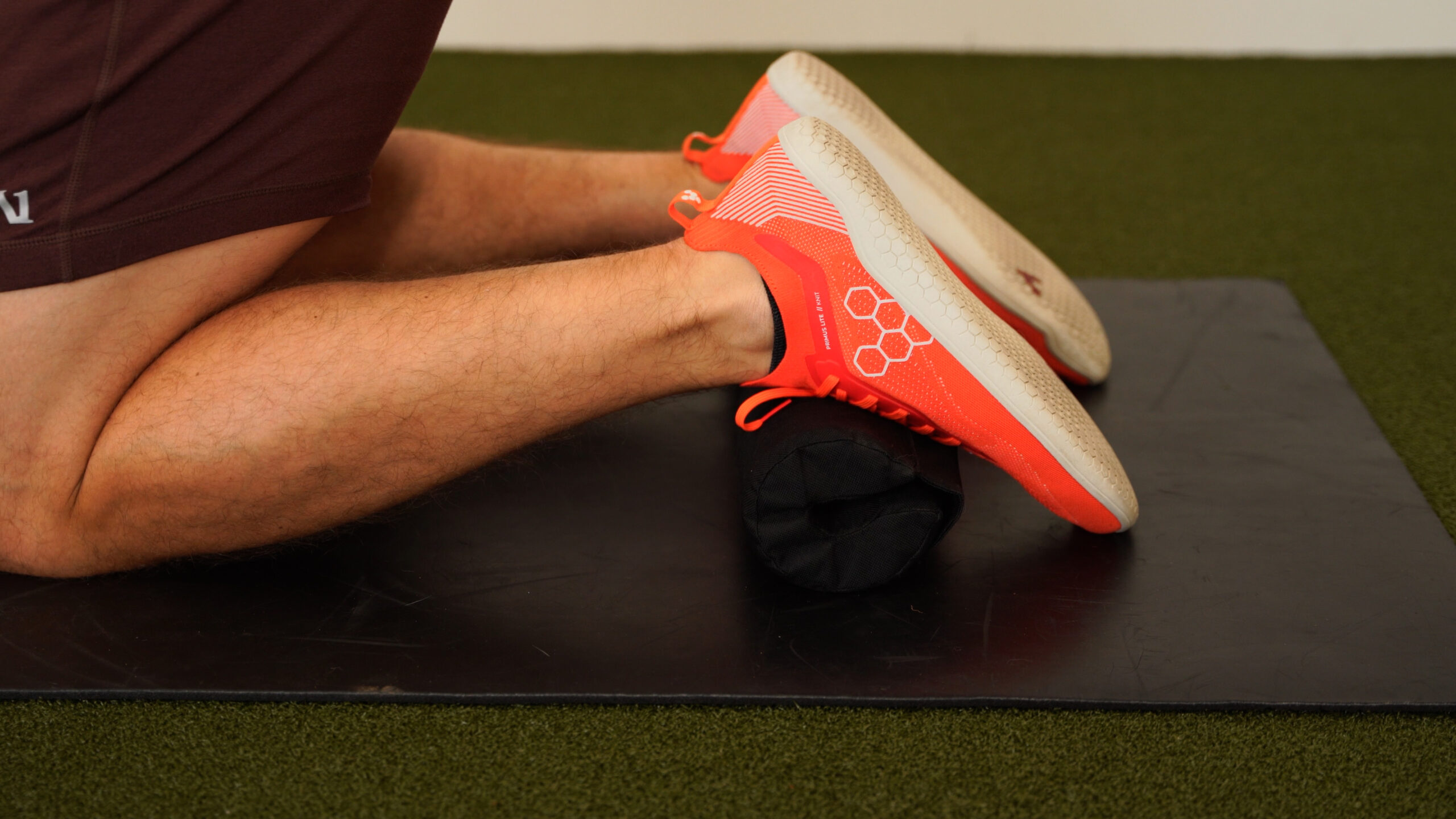
How To Perform Reverse Nordics
To perform the exercise, begin by squeezing your glutes and bracing your abs with your hands by your sides. While maintaining a straight line between your knees, hips, and shoulders, slowly lean back as far as you can comfortably control before returning to the starting position.
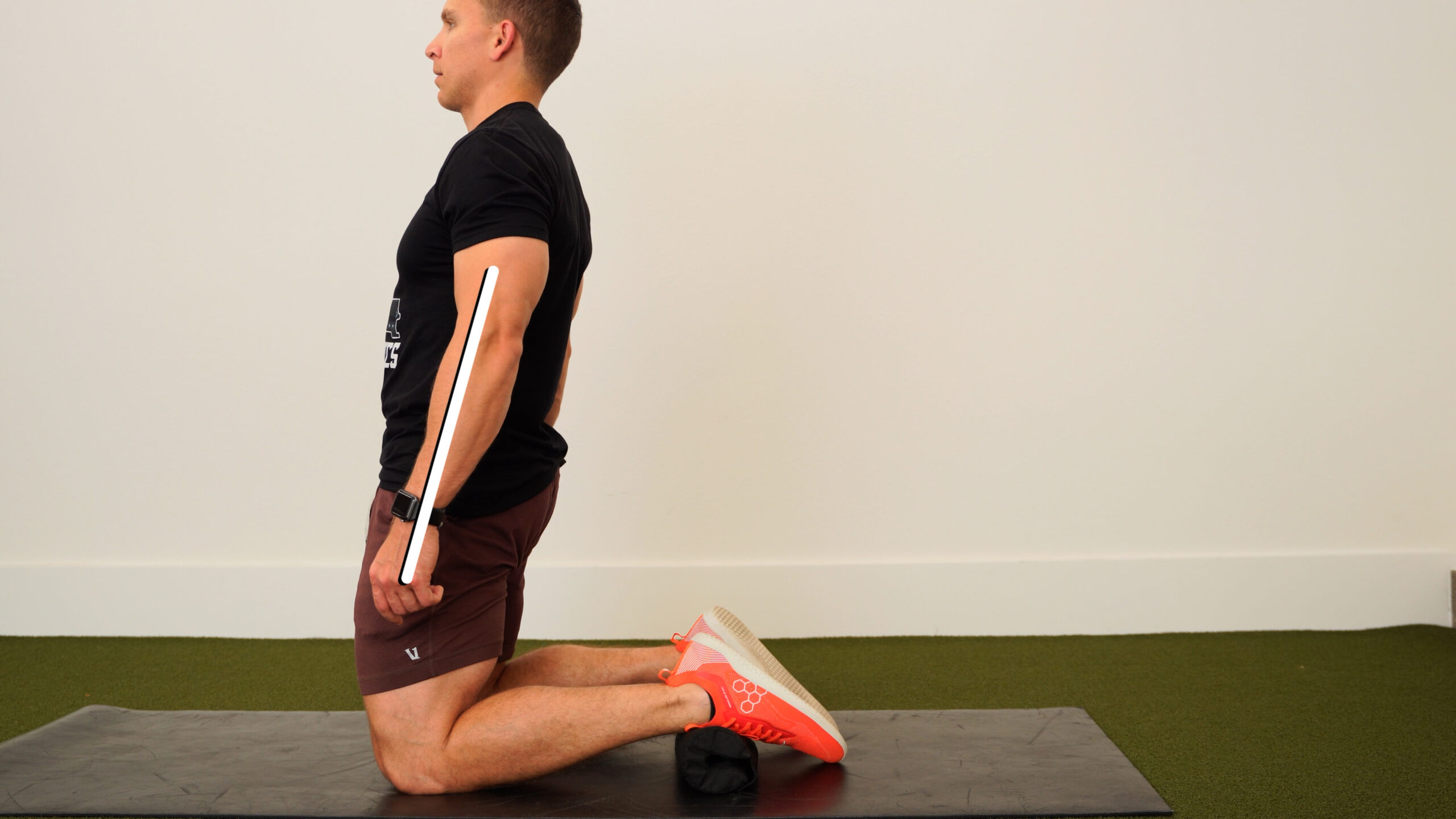
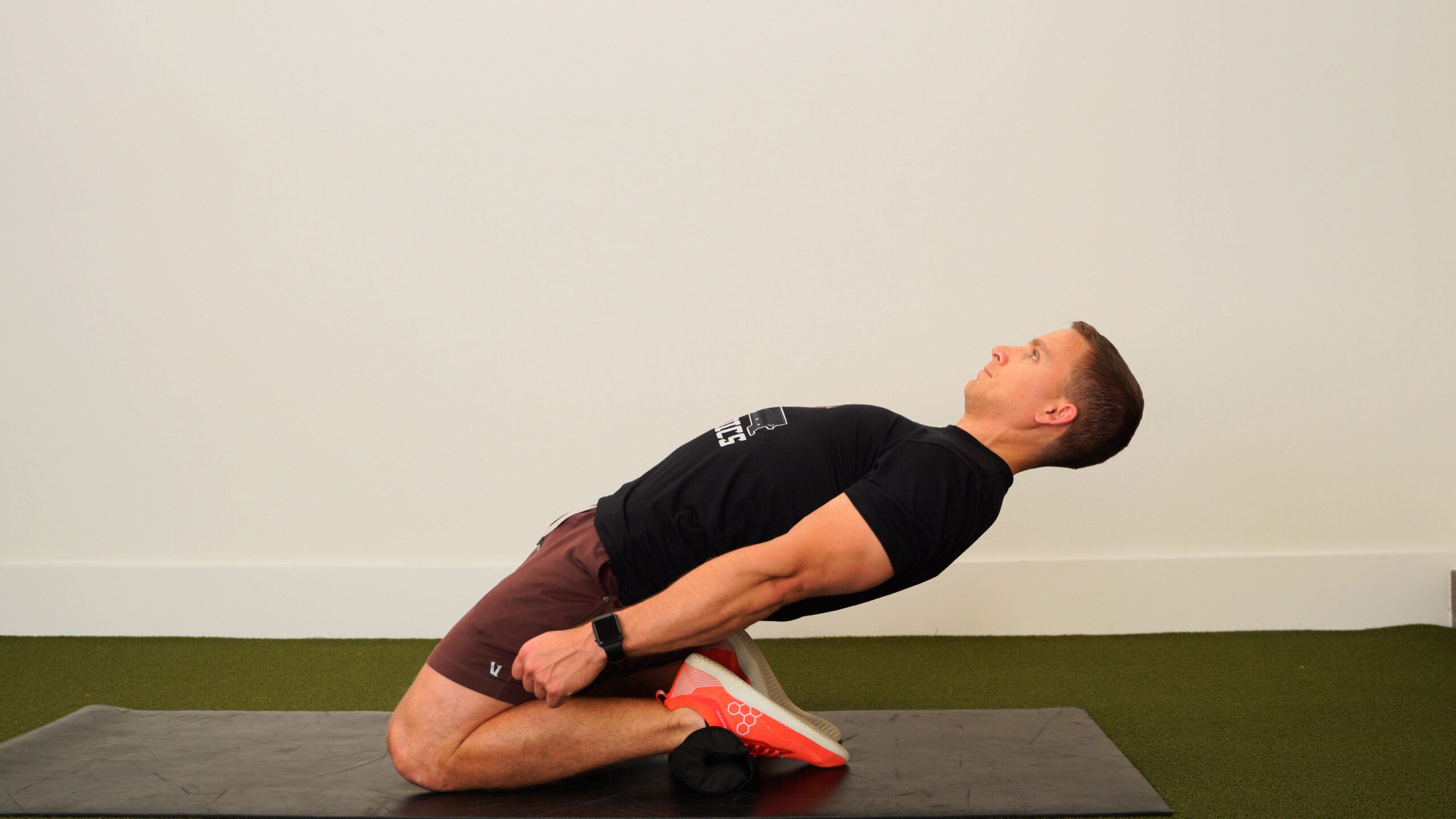
If you want a safety net, external feedback, or an objective measure of progress, place a bench, couch, plyo boxes, pads, or whatever else available behind you.
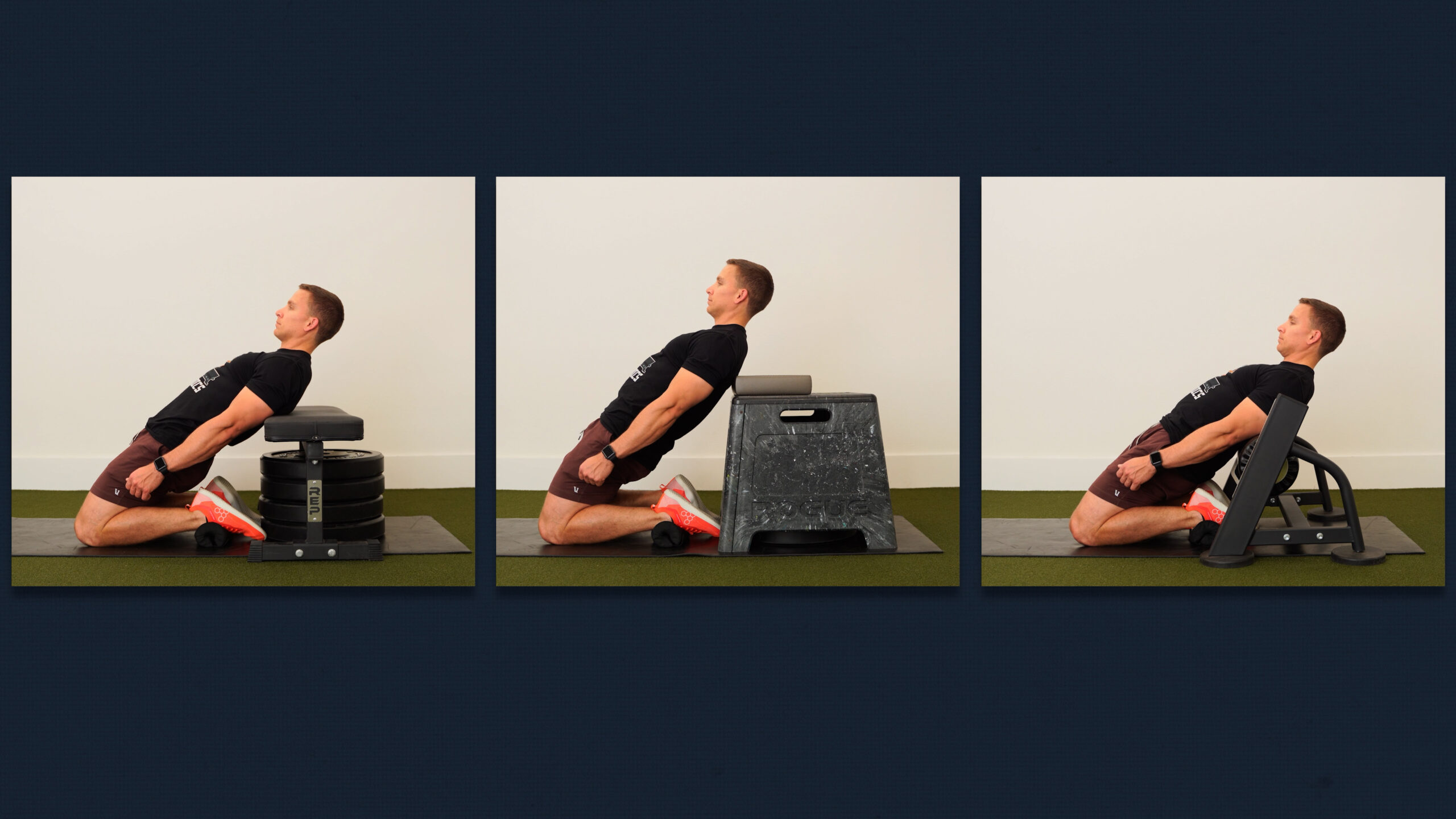
To progress the exercise, gradually increase the range of motion.
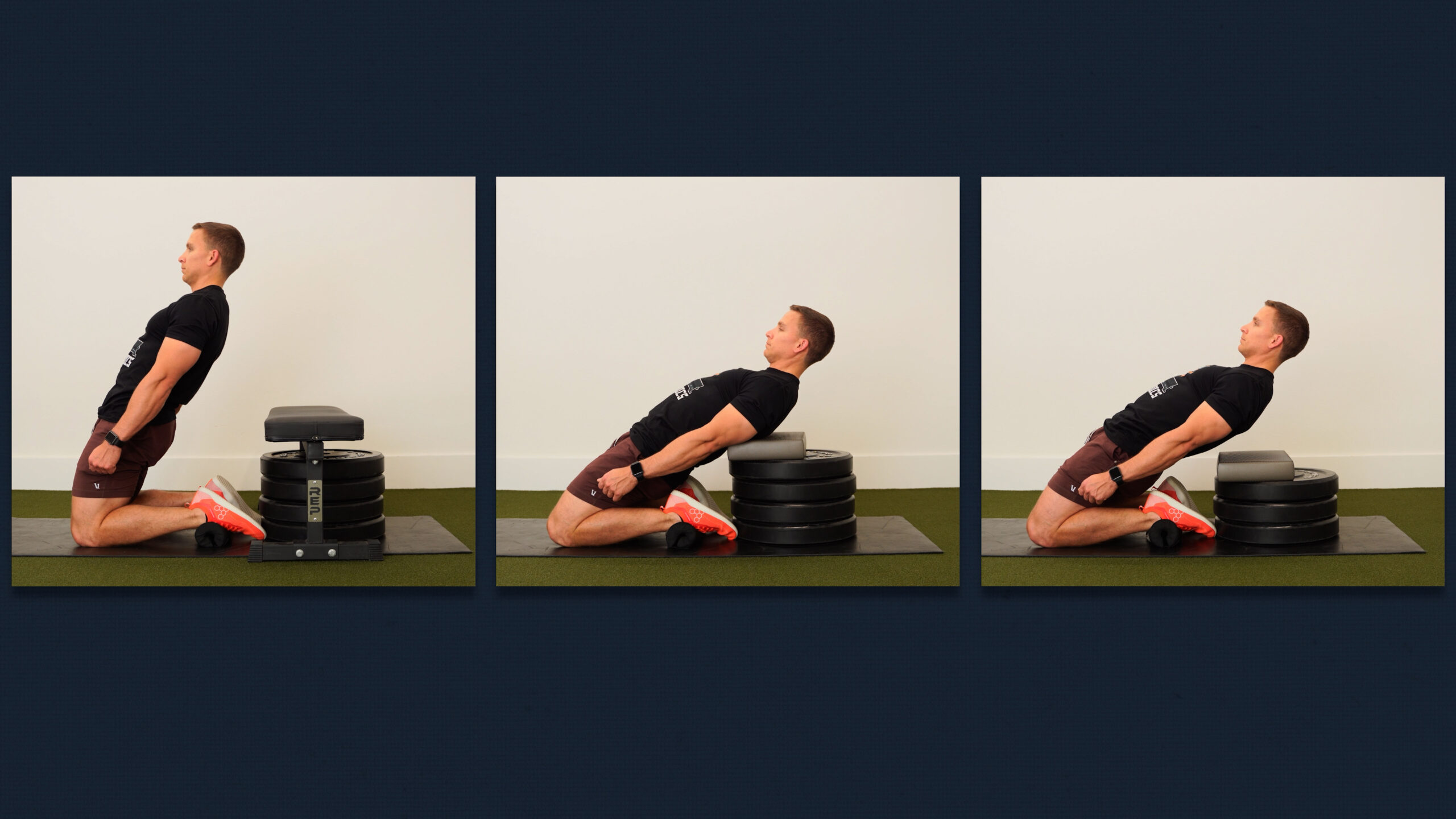
To regress the exercise, decrease the range of motion as needed.

If you want assistance, you can use a band anchored to a sturdy object. However, don’t overly rely on it. You should still be performing the majority of the work.
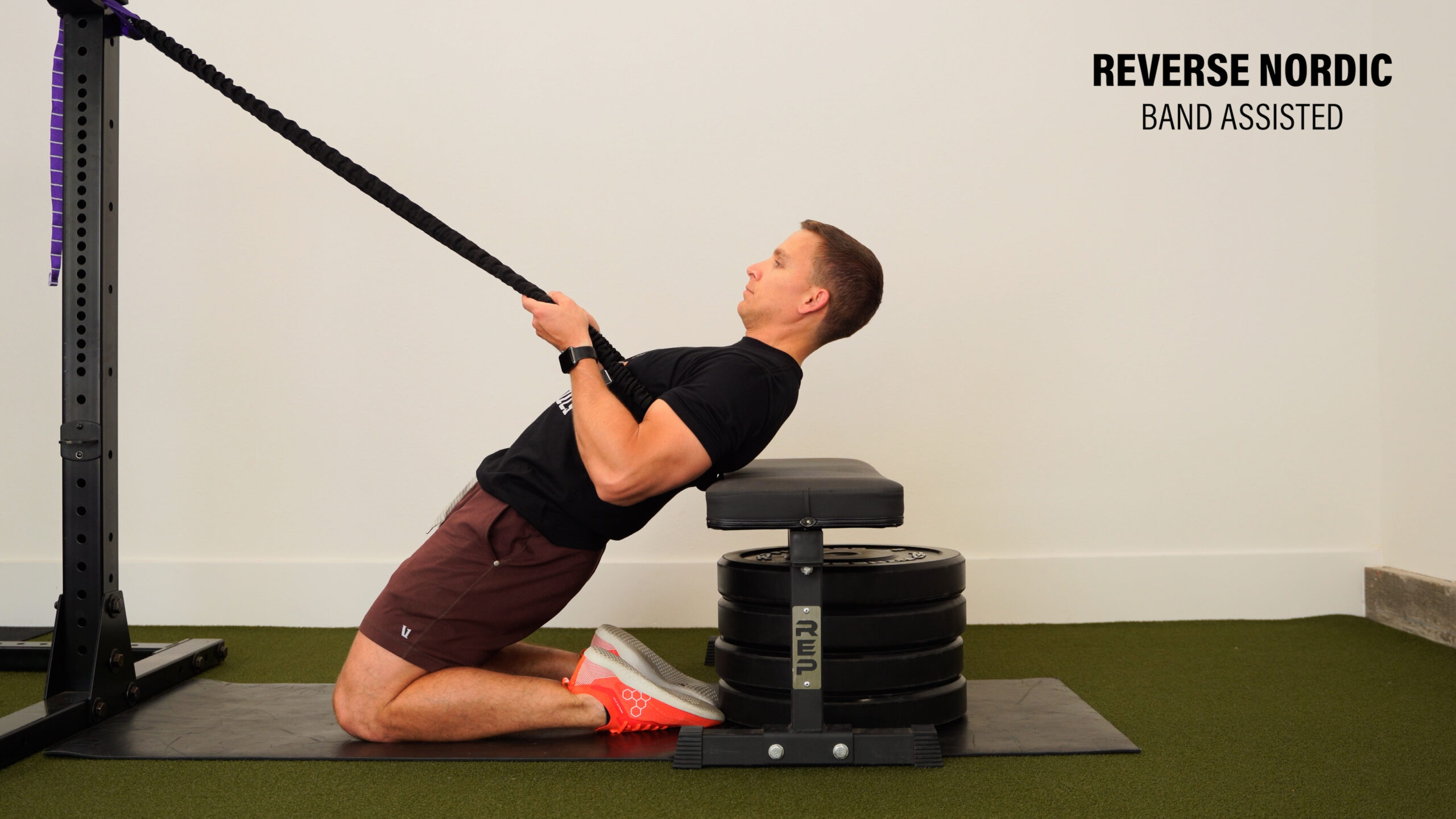
Similar to a nordic hamstring curl, you can also just complete the lowering phase and reset after each repetition.
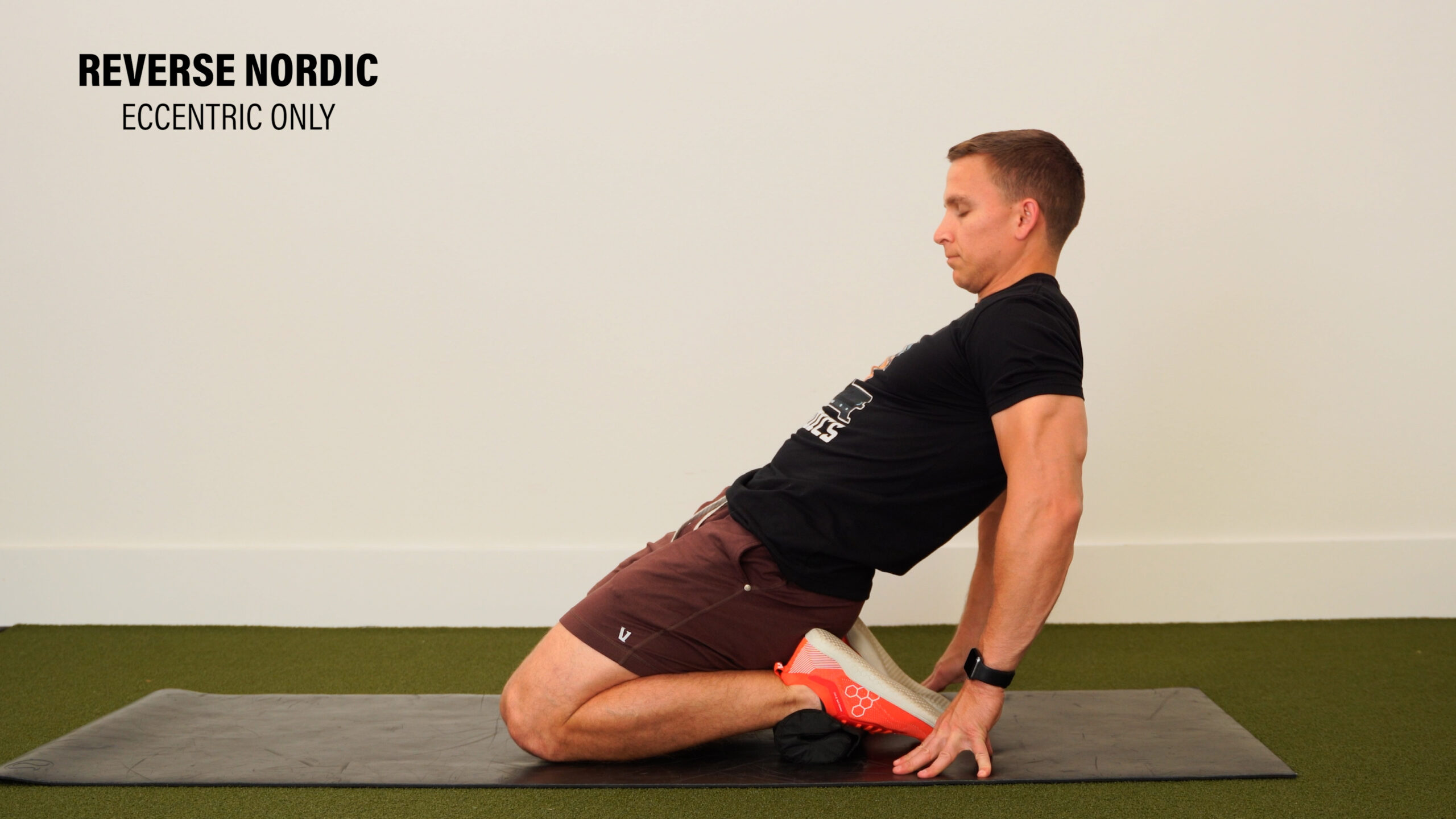
Regardless of the variation you choose to perform, focus on slow and controlled repetitions. Don’t sacrifice technique for a slight increase in range of motion.

How To Program Reverse Nordics
As one way of programming reverse nordics, we can examine the study by Alonso-Fernandez et al. The researchers had their subjects begin with 2 sets of 6 repetitions, twice per week and progressed them to 3 sets of 10-12 repetitions, three times per week over the course of 8 weeks. The participants rested 2 minutes between sets and at least 48 hours between sessions.
Although this is a viable option, you should somewhat individualize your programming based on the rest of your training and your goals. Do you care more about hypertrophy or strength?
For example, if your main goal is to build muscle, you might end up performing 3-4 sets of 6-15 repetitions, 1-2 times per week.
However, if you only care about being able to eventually touch your back to the floor, you might perform 3-5 sets of 3-5 repetitions, 2-3 times per week.
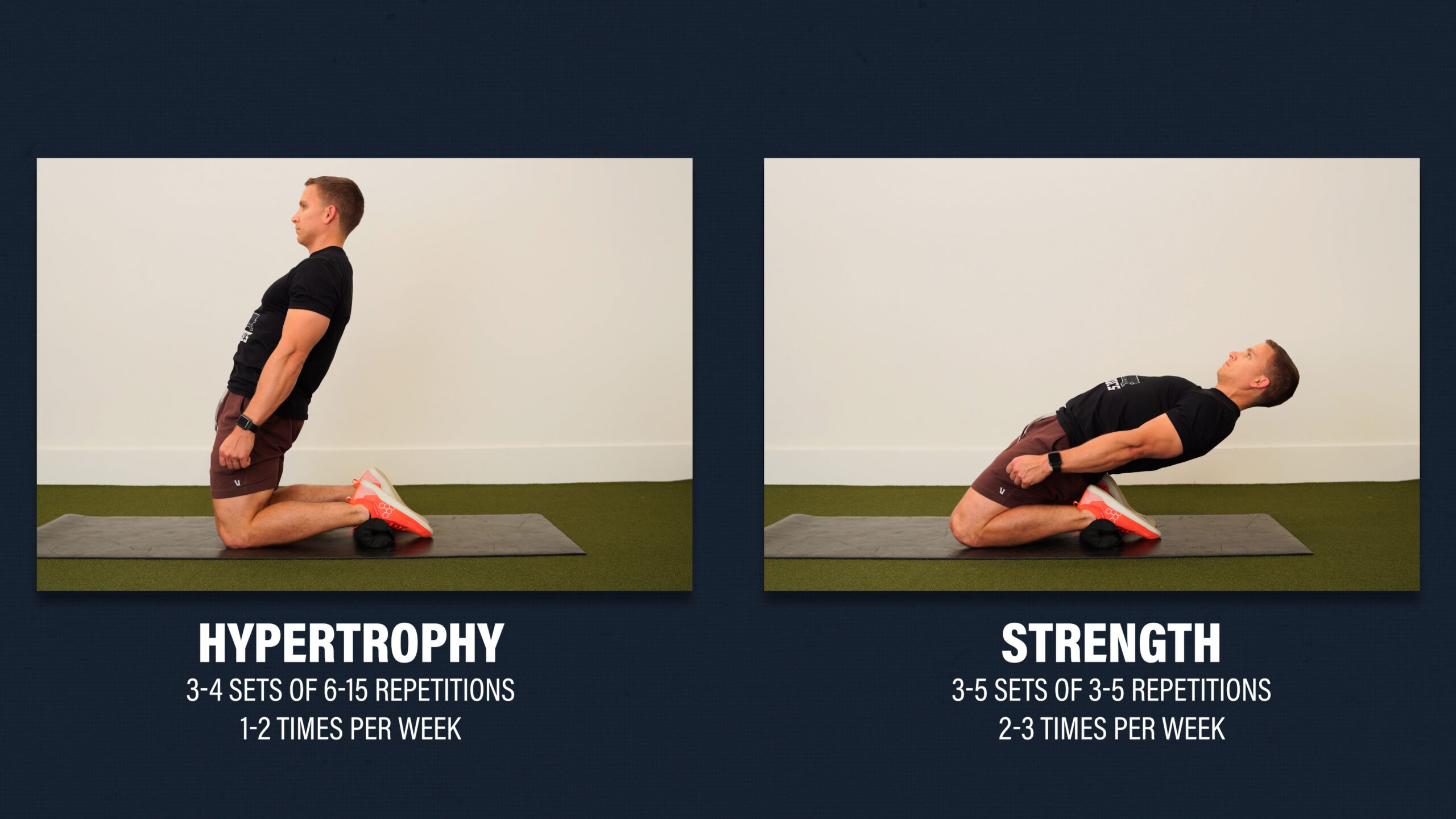
Once again though, this must be considered in the context of the rest of your training routine. As stated at the beginning of the blog, a combination of compound and isolation exercises is best for training the quads.
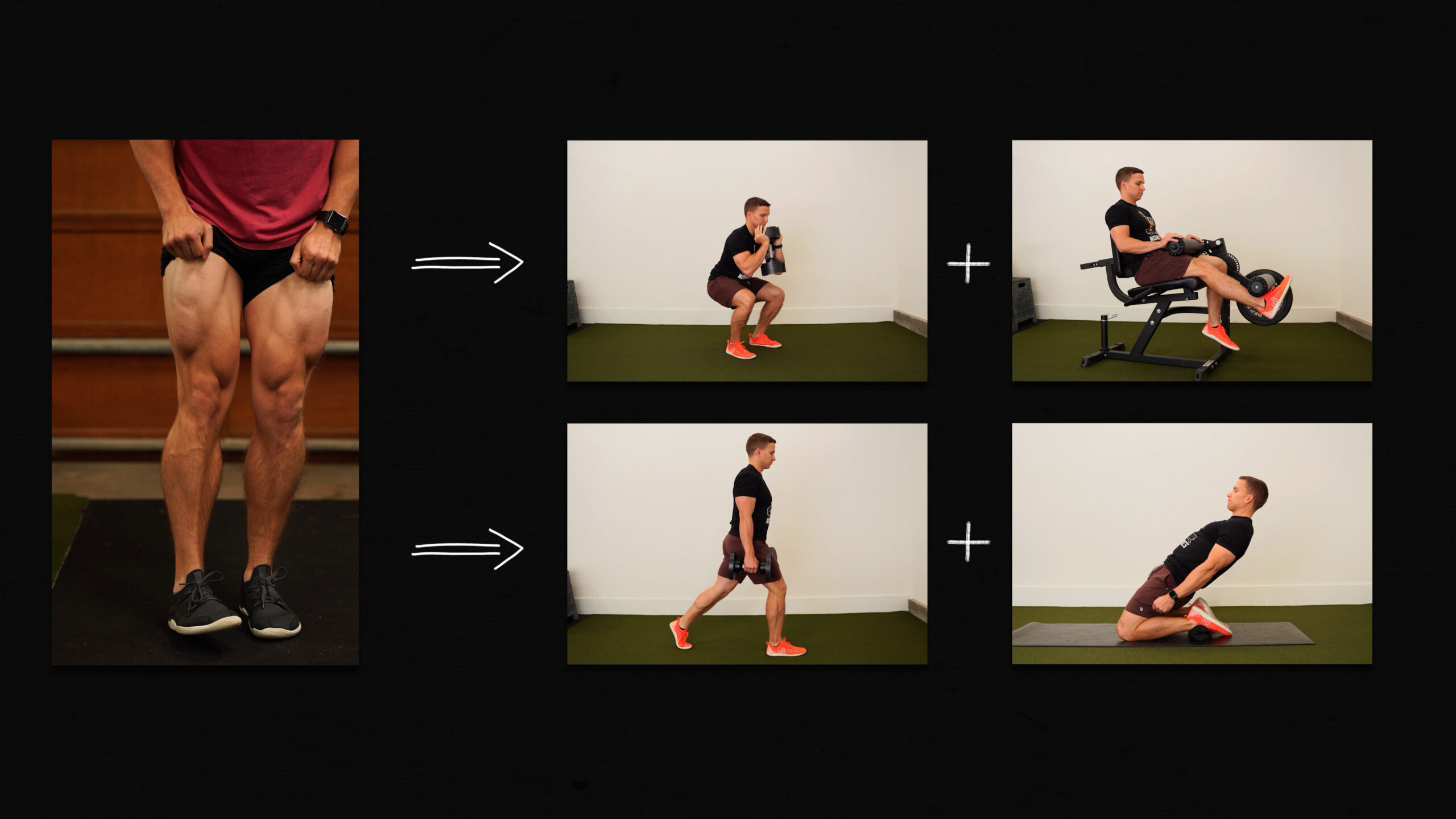
An example for a well-trained lifter might look like this:
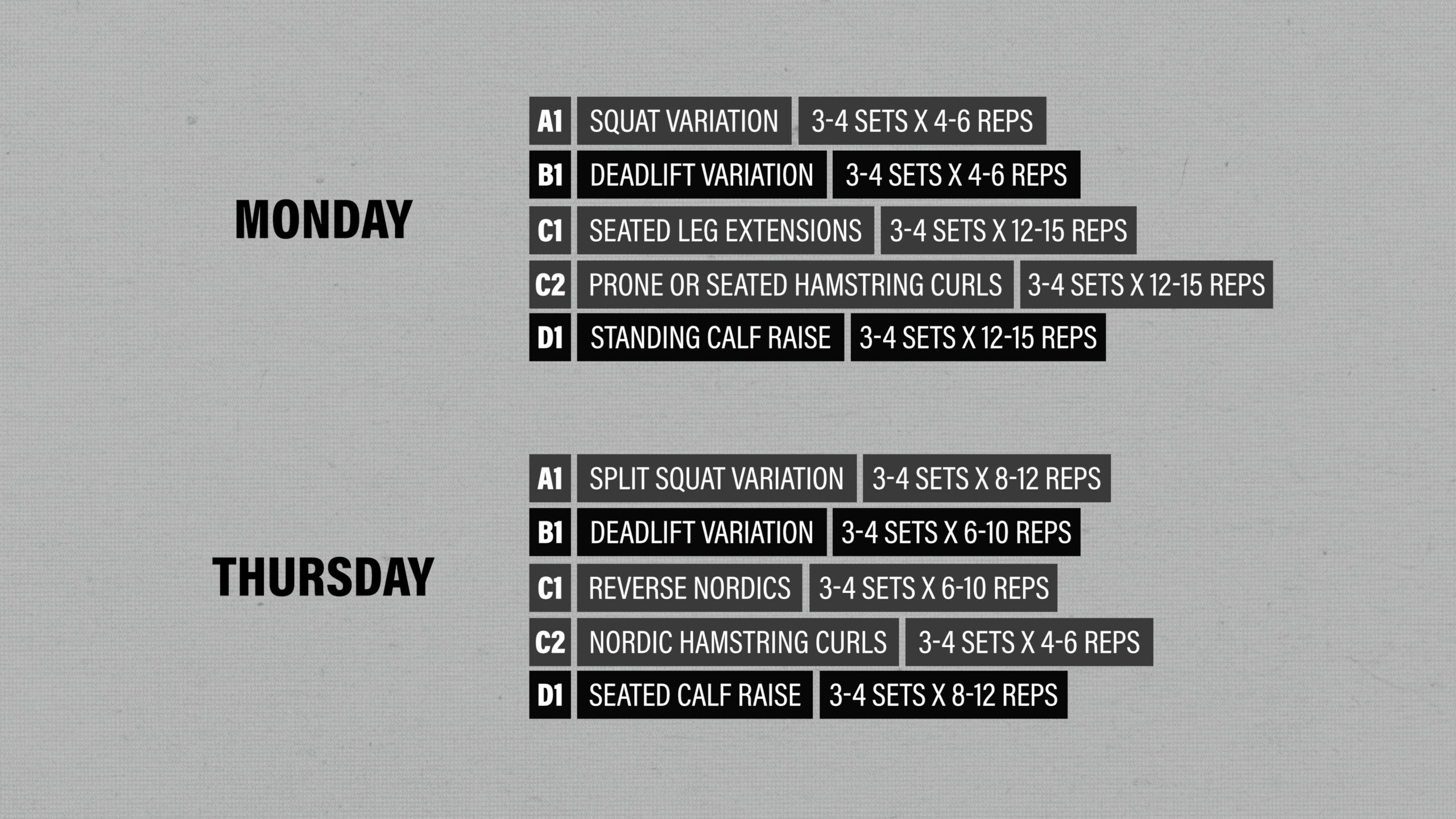
A less-trained individual may only perform half of the total exercises or sets for the week. This is just one random example, but there are an infinite number of possibilities.
And make sure to ease into performing reverse nordics. The volume and intensity don’t need to be crazy the first few sessions or weeks.
Are Reverse Nordics Dangerous?
Despite no prior experience with the exercise, no participants in the study by Alonso-Fernandez et al were reported to have dropped out secondary to injury or pain.
I’ve also personally had great outcomes prescribing reverse nordics to patients recovering from injuries and programming them for clients as part of their normal training routine.
However, I understand they’re not for everyone. No one NEEDS to do reverse nordics.
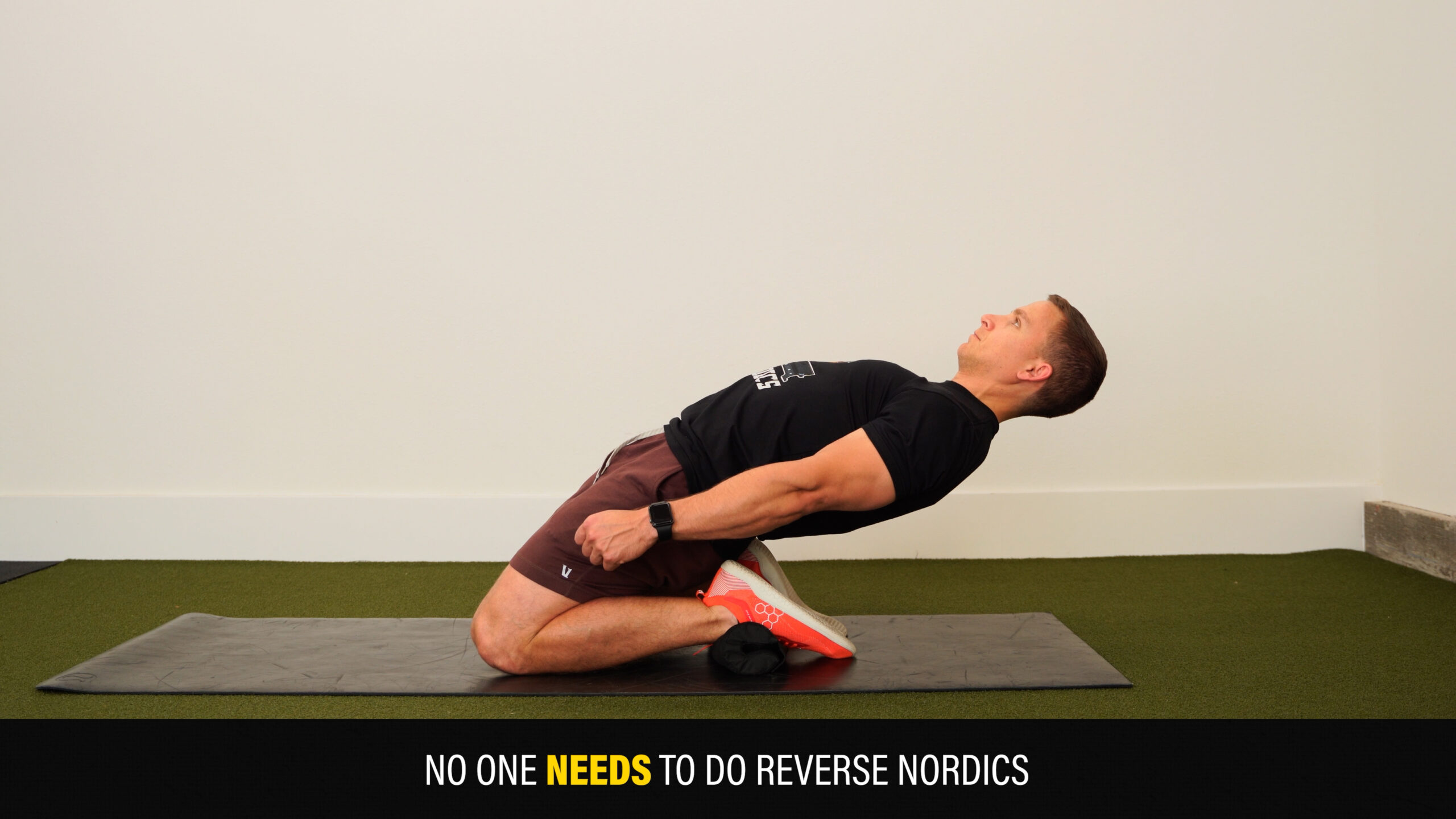
If they’re painful, don’t meet your goals, you don’t enjoy them, or you’re generally fearful, there are plenty of alternatives.
Reverse Nordics Alternatives
If you train at a gym, the simplest option for a single joint, isolation exercise is a seated leg extension.
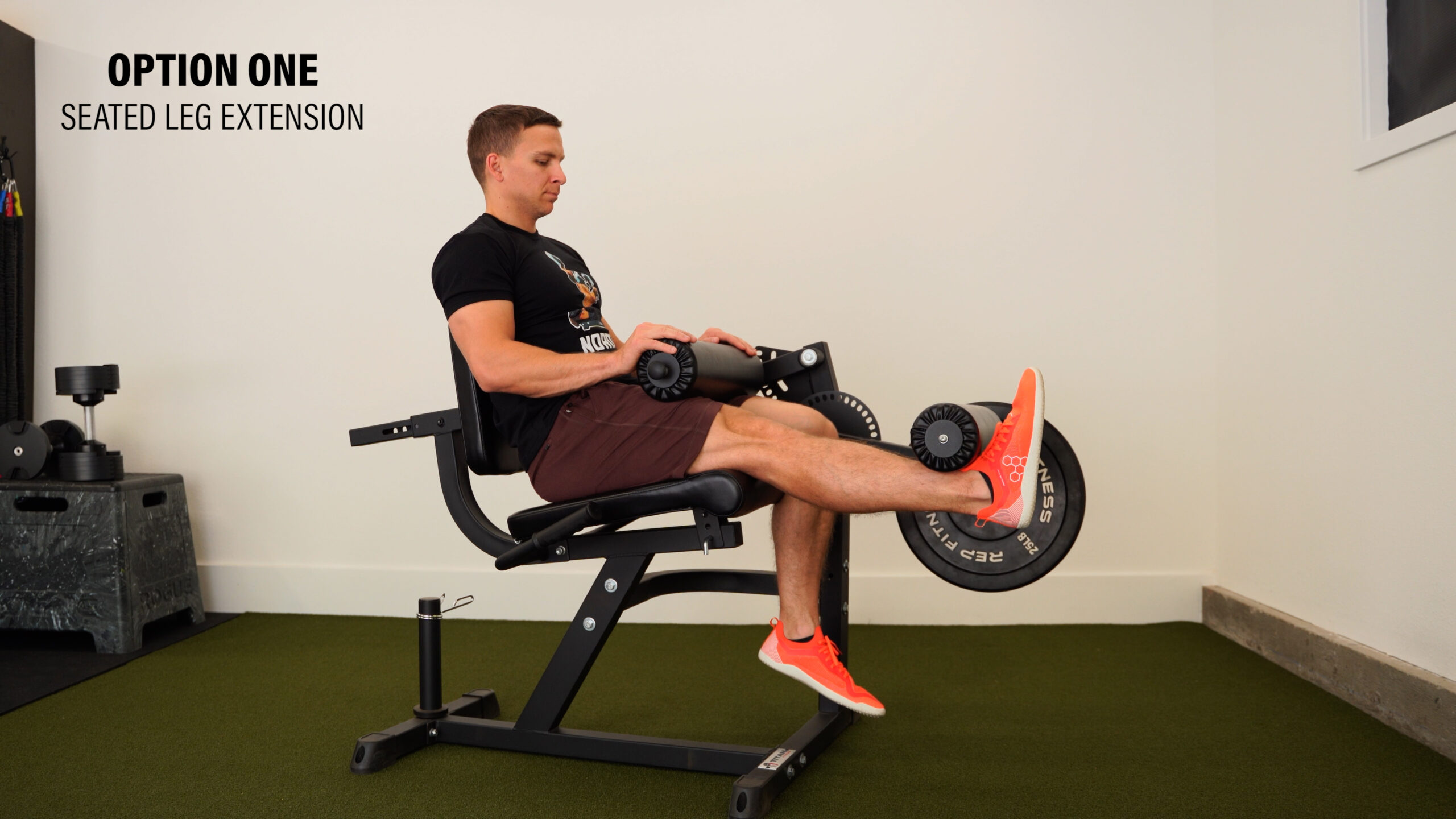
If you train at home, you could set up a seated leg extension with a heavy band and perform a shortened range of motion.
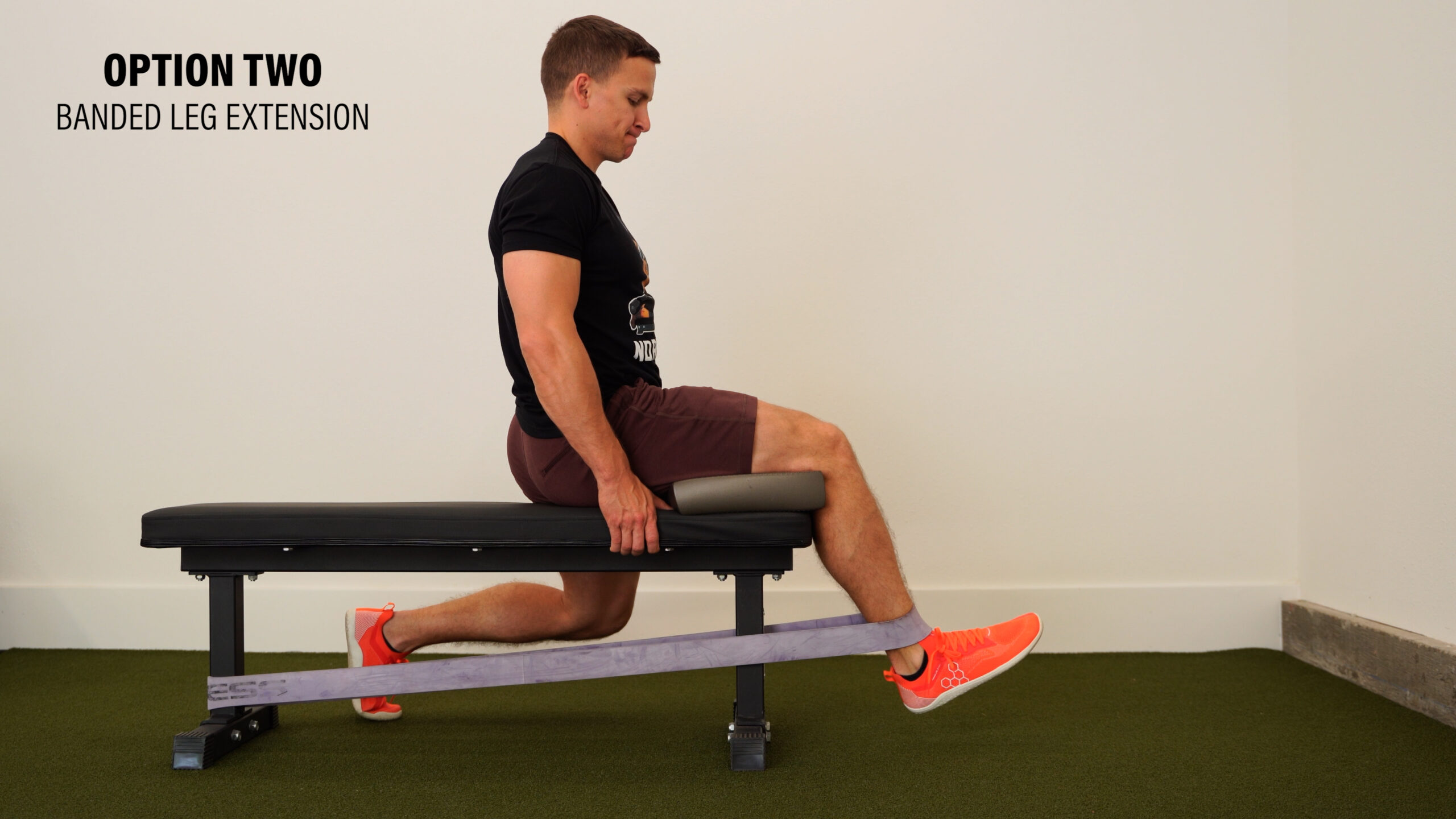
If you want to put the rectus femoris on stretch while doing it, you can lie on your back or stomach.
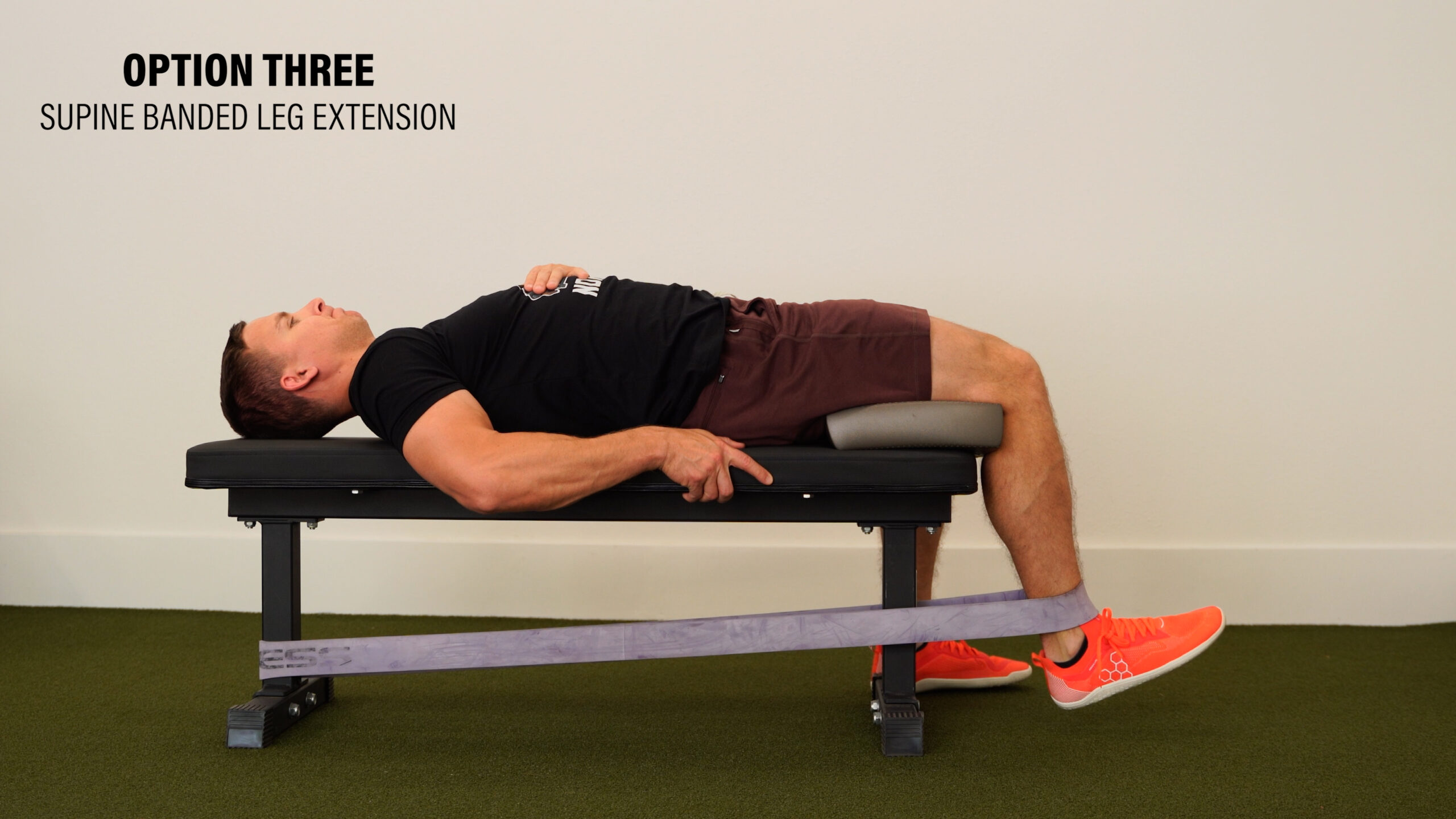
You can also perform a rear foot elevated split squat (RFESS) with an emphasis on putting your weight through the back leg instead of the front leg.

Summary
In summary, since the rectus femoris provides little contribution to compound movements that require simultaneous knee and hip extension, maximizing quad strength and hypertrophy requires multi-joint exercises like squats, split squats, lunges, and leg presses, as well as single-joint exercises like seated leg extensions or reverse nordics in which only the knees are extending.
Reverse nordics can also be implemented with the intention of rehabbing or reducing the risk of quad strain injuries based on research by Alonso-Fernandez et al in 2019.
Prior to initiating the exercise, make sure you’re able to kneel and sit back on your heels without pain.
To perform the movement, begin by squeezing your glutes and bracing your abs with your hands by your sides. While maintaining a straight line between your knees, hips, and shoulders, slowly lean back as far as you can comfortably control before returning to the starting position.
To progress the exercise, gradually increase the range of motion.
To regress the exercise, decrease the range of motion.
If you want assistance, you can use a band anchored to a sturdy object.
Regardless of the variation you choose to perform, focus on slow and controlled repetitions, and ease into increasing the volume and intensity over time.
Don’t forget to check out our Knee Resilience Program!
Want to learn more? Check out some of our other similar blogs:
Quadriceps Strain Rehab, Leg Extension After ACL Reconstruction, Banded Leg Extensions, Are Leg Extensions Bad For You?
Thanks for reading. Check out the video and please leave any questions or comments below.


